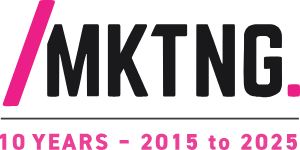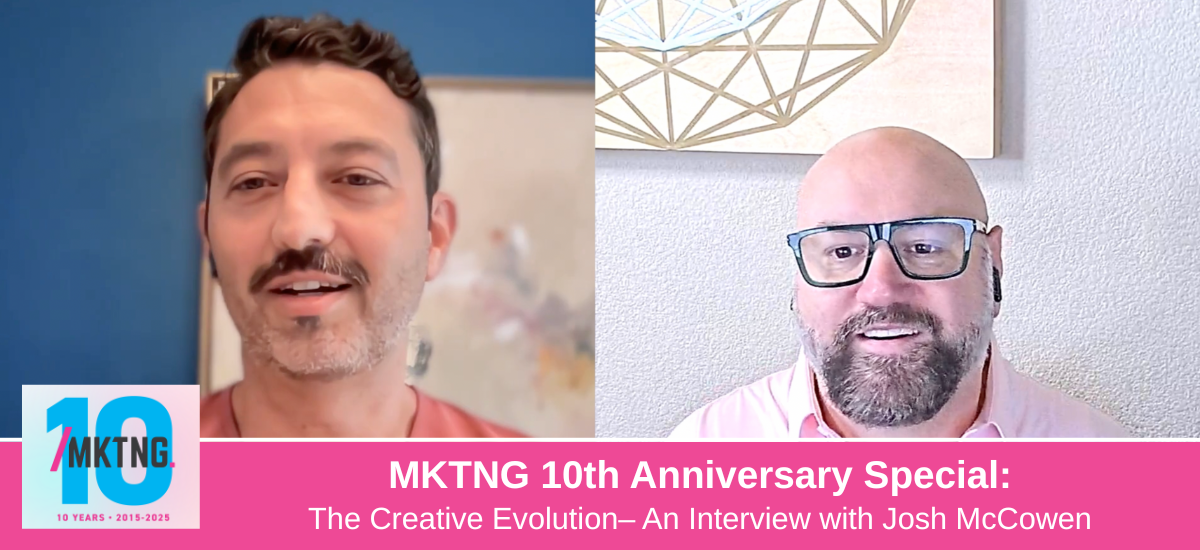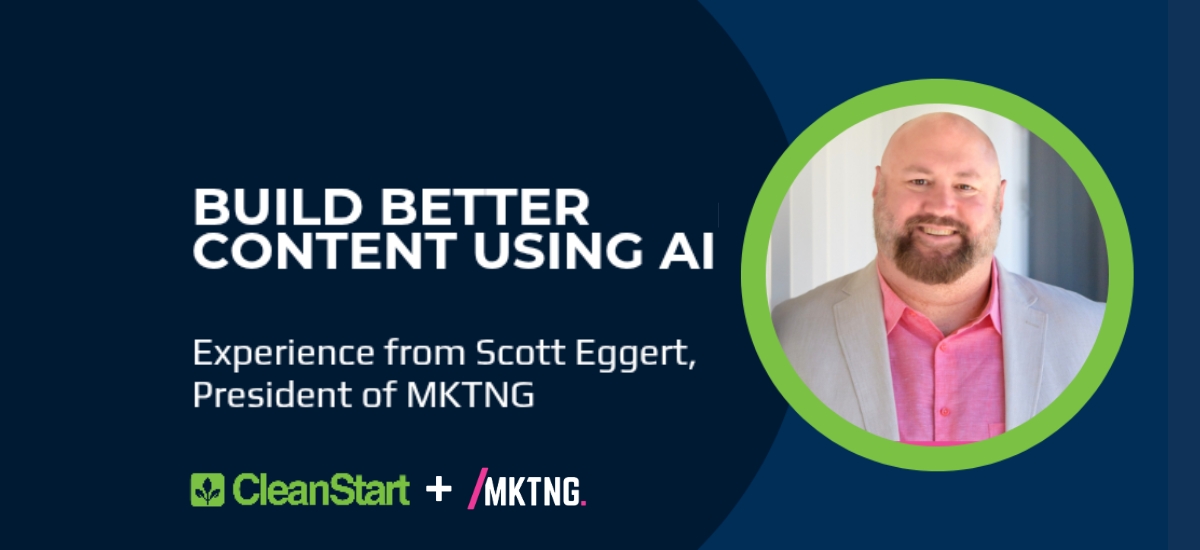While Silicon Valley debates the philosophical implications of frontier models, most professionals are asking much more practical questions: “How does this actually help me serve my clients better?” and “Is this worth my limited time and resources?” and “What are the ethical considerations?” and “Which tool is best for me and worth paying for?”
As a small business owner and consultant, I’ve felt this tension firsthand. Between client deliverables, invoicing, business development, and the countless other responsibilities of running a consultancy, finding time to navigate the overwhelming landscape of AI tools feels like yet another unpaid task on an already overflowing plate.
The Implementation Gap
The disconnect between AI’s theoretical potential and practical implementation remains substantial because the technology itself only gets you so far. The real challenge lies in meaningful adoption that delivers tangible value. (Not to mention another fundamental question: Is it possible to achieve this without wiping out jobs, careers, and entire industries? By using AI, am I simply training my replacement?)
This challenge is particularly acute for communications and marketing professionals. We trade in human connection, authentic storytelling, and strategic thinking—precisely the areas where AI’s application requires the most nuance and oversight. For that reason, I think the most creative ideators will ultimately survive the robot invasion. Only time will tell.
The Tool Explosion Problem
The proliferation of specialized AI tools has also created the latest version of decision fatigue. Need to convert text to speech? Here are a thousand options, each requiring research, trial periods, and subscription commitments.
As you develop proficiency with one platform, a new competitor emerges with different capabilities and limitations. Just when I thought I had mastered ChatGPT and Claude AI, here came DeepSeek with Magnus hot on its heels. (Claude AI is still my favorite for content creation.)
This constant churn generates significant opportunity costs. Time spent evaluating and learning new tools is time not spent on client work or business development. This represents a genuine business challenge for independent professionals rather than just an adoption hurdle.
Practical Pathways Forward
For communications and marketing professionals looking to navigate this landscape thoughtfully, here are a few of my favorite ways to balance innovation with practicality:
-
Start with pain points, not possibilities: Rather than exploring what AI can do in theory, identify your most time-consuming or creatively draining tasks. The best implementation often addresses existing frustrations rather than creating new workflows.
-
Embrace the “second draft” approach: Let AI generate rough initial content that you significantly revise and elevate. This preserves your voice while eliminating the intimidation of the blank page for routine work.
-
Build a focused toolkit: Rather than chasing every new release, select 2-3 versatile platforms that address your core needs. For many professionals, this might include a text generation tool, a multimedia creator, and a research assistant. Futurepedia is a great resource for exploring and determining the best tools and software to suit your needs.
-
Create guardrails through prompting: Develop and refine standardized prompts that consistently produce useful starting points for your work. Well-crafted prompts incorporating your brand voice and strategic preferences become valuable intellectual property. Claude AI enables you to build “projects” that capture brand voice, messaging, tone, and format, giving you more time for strategy and content ideation, editing, and refinement.
-
Use AI for expansion, not contraction: Apply AI tools to explore more angles, create more variations, or develop more comprehensive supporting materials rather than simply automating what you already do well.
-
Treat AI as a collaborative partner: Frame your relationship with these tools as collaborative rather than transactional. The most valuable outputs often emerge from multiple rounds of human-AI iteration rather than single-prompt solutions.
The real opportunity isn’t replacing our expertise with automation but extending our communications capabilities into areas previously constrained by time and resources. When approached thoughtfully, AI tools can amplify our distinctly human talents rather than substitute for them.



